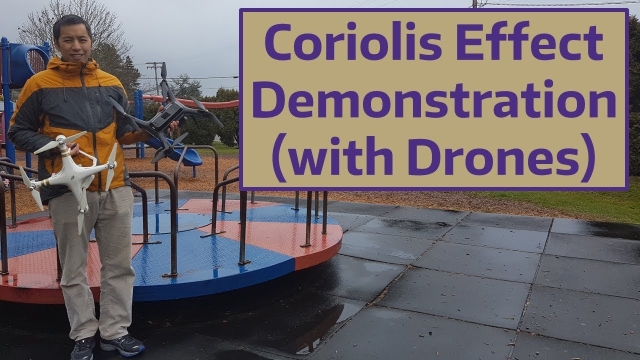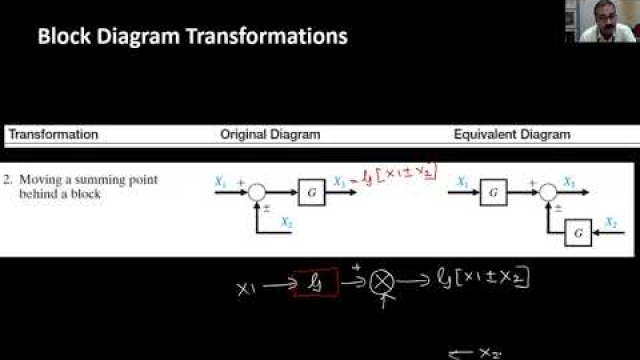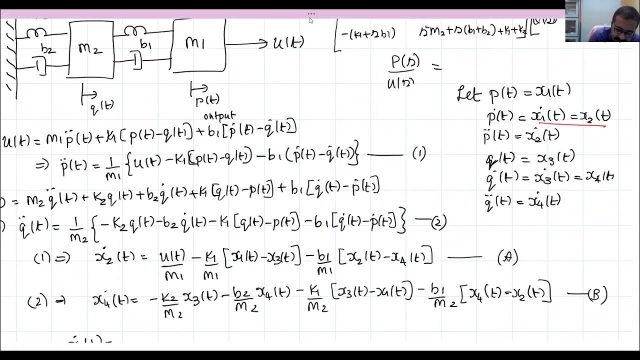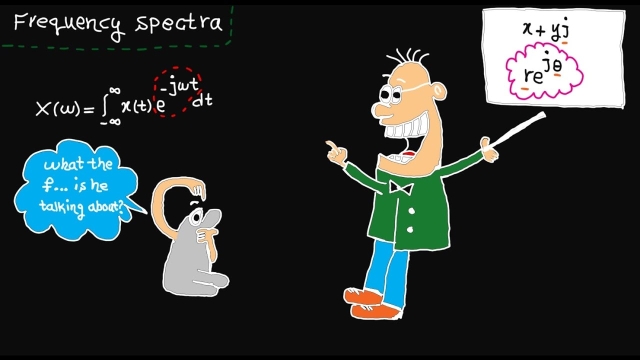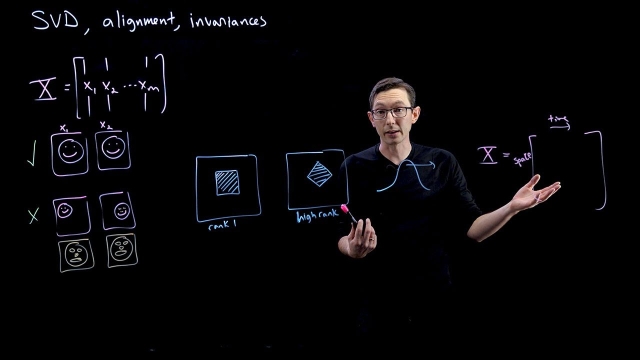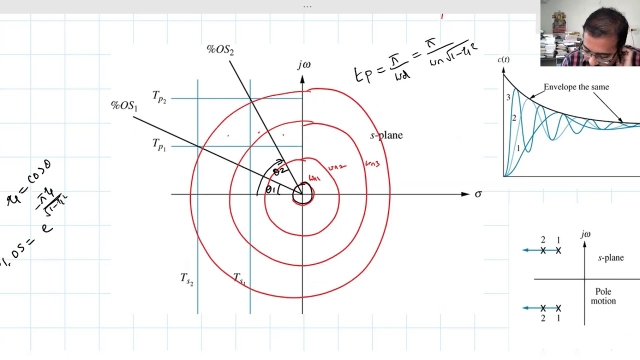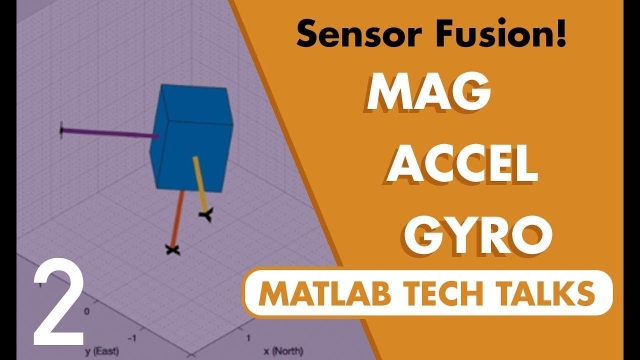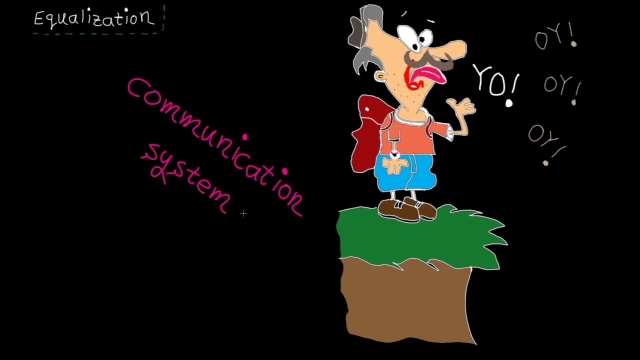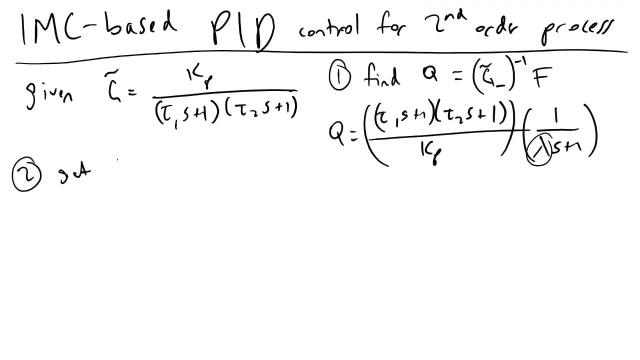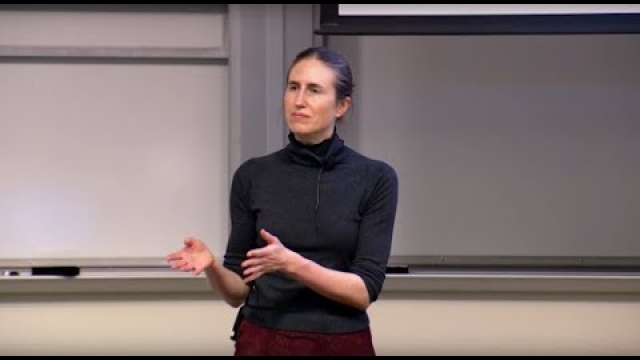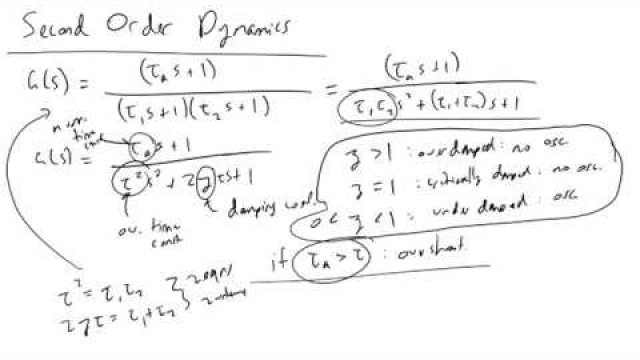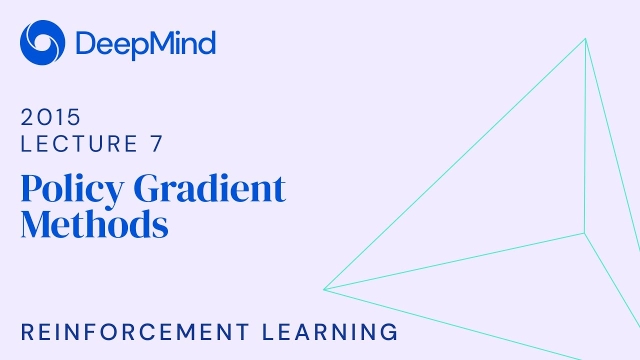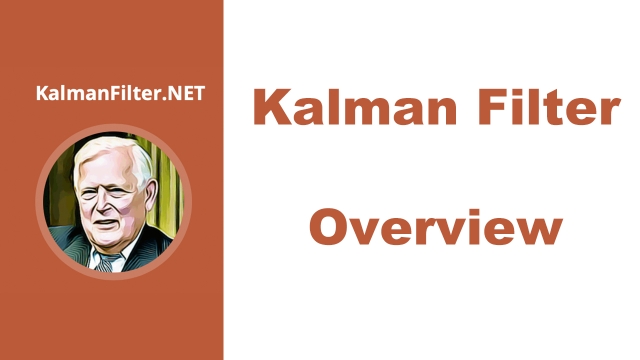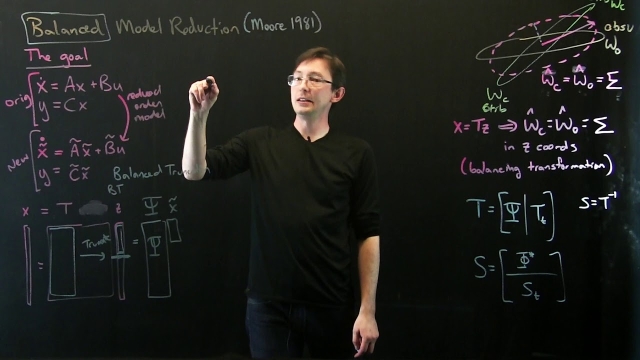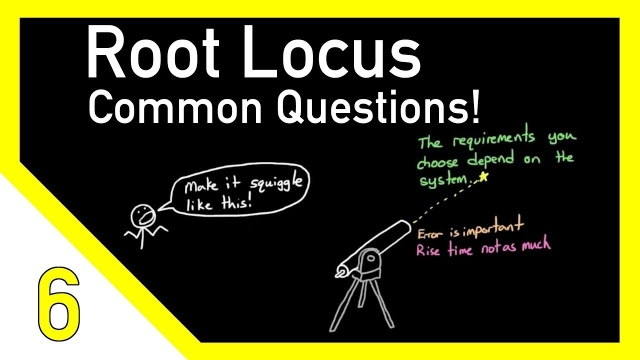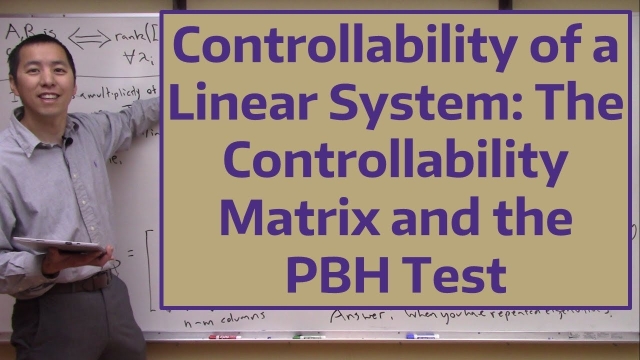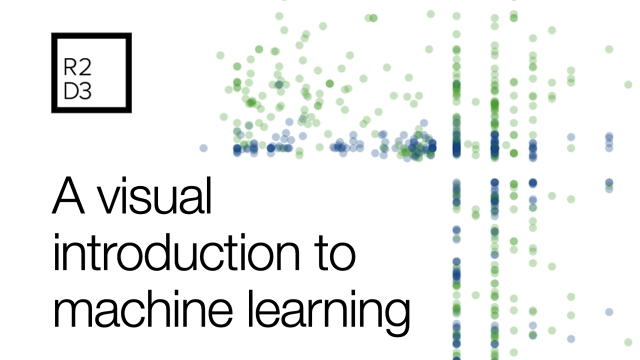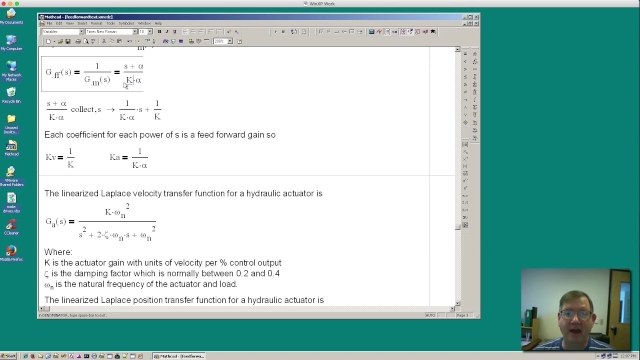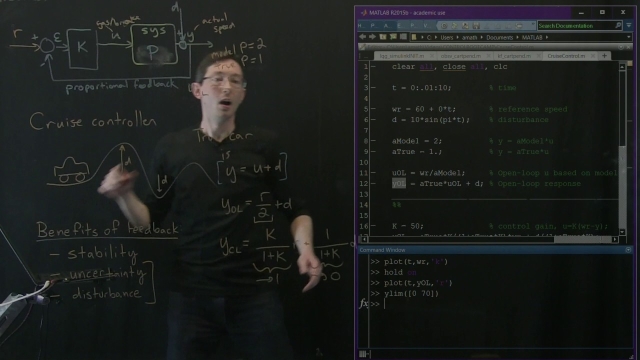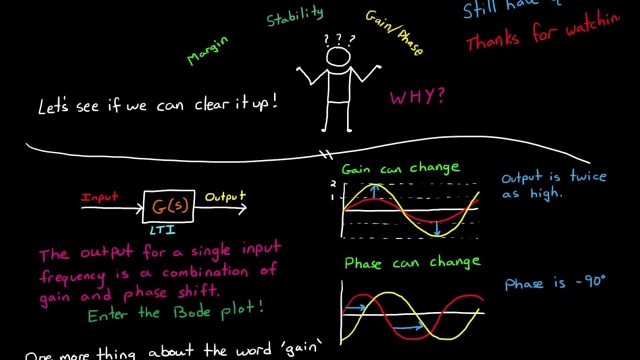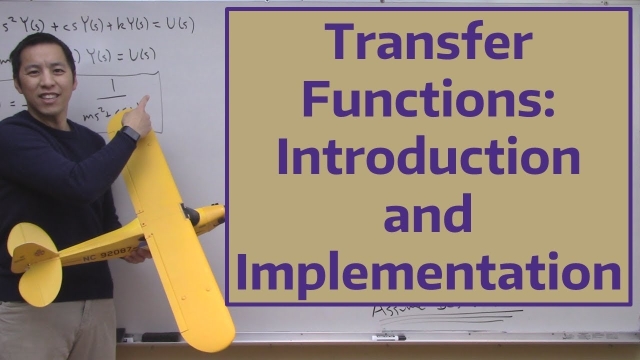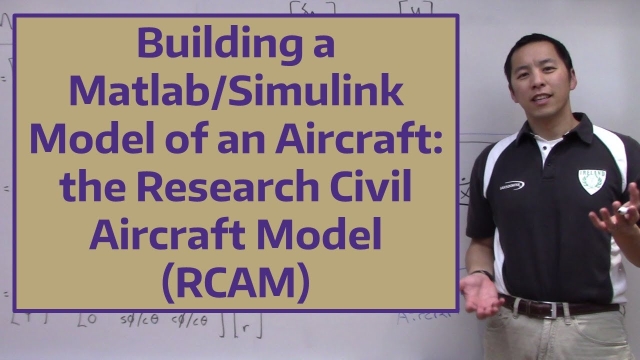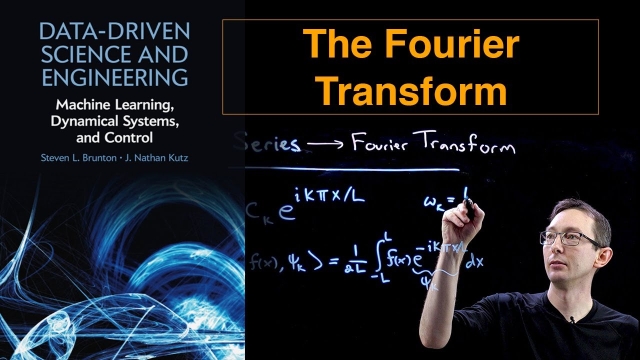
Coriolis Effect Demonstration (with Drones)
We demonstrate how rotating reference frames give rise to the Coriolis effect and centrifugal acceleration. In this video, we approach this as a simple physics demonstration and examine...
See MoreLecture 6: Signal Flow Graphs and Mason's Gain Rule
Lecture 5: Block Diagram Reduction
Lecture 29: State space representation
Frequency domain – tutorial 8: frequency spectra
In this video, we learn about frequency spectra which can be divided into two parts: phase and magnitude spectrum. Some examples will be provided to practice...
See MoreSVD and Alignment: A Cautionary Tale
This video describes the importance of data alignment when performing the singular value decomposition (SVD). Translations and rotations both present challenges for the SVD.
See MoreLecture 19: Lead and PD compensator Design using Root Locus
Understanding Sensor Fusion and Tracking, Part 2: Fusing a Mag, Accel, and G...
This video describes how we can use a magnetometer, accelerometer, and a gyro to estimate an object’s orientation. The goal is to show how these sensors contribute to the solution, and to...
See MoreFrequency domain – tutorial 11: equalization
In this video, we learn about equalization technique which is used in communication systems to compensate for the destructive effect of the channel between t...
See MoreIMC PID Design of a Second Order Process
IMC PID Design of a Second Order Process
See MoreStanford CS234: Reinforcement Learning | Winter 2019 | Lecture 1 - Introduct...
Professor Emma Brunskill
Assistant Professor, Computer Science
Stanford AI for Human Impact Lab
Stanford Artificial Intelligence Lab
Statistical Machine Learning Group
Second Order Dynamics
A crash course overview on second order dynamics in the frequency domain, what the key parameters are, and why they matter.
See MoreRL Course by David Silver - Lecture 7: Policy Gradient Methods
Looks at different policy gradients, including Finite Difference, Monte-Carlo and Actor Critic.
See MoreKalman Filter Tutorial
The Kalman Filter is an easy topic. However, many tutorials are not easy to understand. Most require extensive mathematical background which makes them difficult to understand. Also, most...
See MoreData-Driven Control: Balanced Truncation
In this lecture, we describe the balanced truncation procedure for model reduction, where a handful of the most controllable and observable state directions are kept for the reduced-order...
See MoreTrimming a Model of a Dynamic System Using Numerical Optimization
In this video we show how to find a trim point of a dynamic system using numerical optimization techniques. We generate a cost function that corresponds to ...
See MoreRoot Locus Plot: Common Questions and Answers
In this video I go through some of the common questions I've received on my other root locus videos. 1) Why do we call the poles of a system the roots?2) How do I plot the damping ratio...
See MoreControllability of a Linear System: The Controllability Matrix and the PBH T...
In this video we explore controllability of a linear system. We discuss two methods to test for controllability, the controllability matrix as well as the P...
See MoreA Visual Introduction to Machine Learning
Machine Learning Explained in interactive visualizations (part 1).
See MorePeter Ponders PID - Feed Forward Theory and Calculations
Control Bootcamp: Benefits of Feedback on Cruise Control Example (Part 2)
Here we investigate the benefits of feedback for systems with uncertain dynamics and disturbances, as illustrated on a cruise control example. (Part 2)
See MoreGain and Phase Margins Explained!
In this video I explain gain and phase margins. If you are confused by this topic I hope this video will help tie all of the concepts together that go into understanding what gain and phase...
See MoreTransfer Functions: Introduction and Implementation
In this video we introduce transfer functions and show how they can be derived from a set of linear, ordinary differential equations. We also examine how to...
See MoreBuilding a Matlab/Simulink Model of an Aircraft: the Research Civil Aircraf...
In this video we implement the RCAM model as a Matlab script that is called from a Simulink model. The result is a fully encapsulated Simulink model of a nonlinear, 6 DOF aircraft. Please...
See MoreThe Fourier Transform
This video will discuss the Fourier Transform, which is one of the most important coordinate transformations in all of science and engineering.
See More
